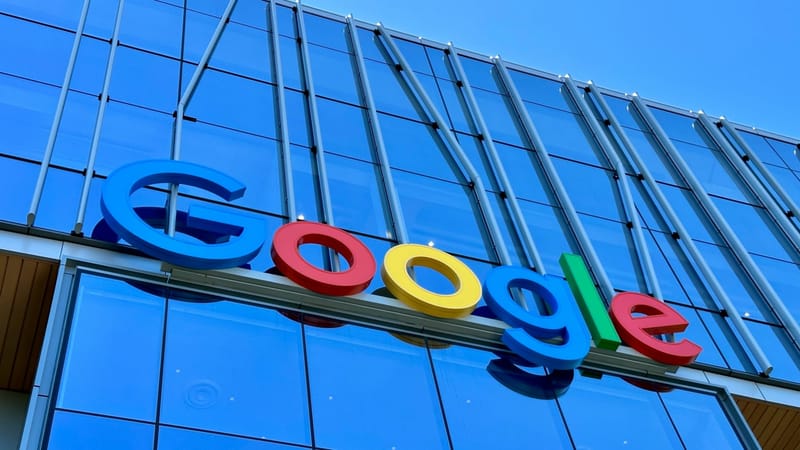Generative Engine Optimisation (GEO): The Latest Dos and Don’ts from YouTube and Social

If SEO was about charming Google, GEO is about sweet-talking the machines that now summarise Google. It’s the new frontier where brands are no longer fighting for clicks, but for citations; a shout-out from the bots sitting between you and your audience. Welcome to Generative Engine Optimisation, the dark art of making yourself irresistible to large language models.
The rules have changed. You can’t just stuff in keywords, pray for backlinks and call it a day. AI doesn’t care about density; it cares about authority, clarity and data it can safely regurgitate without embarrassment. The bots are picky eaters — they prefer well-structured, source-rich content and will ignore the beige buffet of generic AI sludge cluttering the internet.
The challenge? Out-optimising an algorithm that learns faster than you can rewrite your About page. The trick? Think like a robot, write like a human, and never trust the hype merchants promising “instant GEO ranking.” As content farms crumble and brand reputation takes centre stage, the winners will be those who master entity hygiene, Q&A-driven formats and smart multi-channel distribution.
Here’s what works (and what doesn’t) in the rapidly evolving game of GEO.
Bottom line: GEO works when you pair classic SEO fundamentals with brand authority, question-led content design and machine-readable structure. Spamming AI with generic text is counter-productive and increasingly deprioritised.
✅ Do this
- Master the basics first. Unique, useful pages that genuinely satisfy readers remain the entry ticket for AI visibility.
- Write for questions, structure for extraction. Lead with a crisp answer, then expand. Use H2/H3s that mirror query phrasing, add concise FAQs, and apply schema so models can parse and quote you.
- Build brand mentions beyond your site. Earn citations from reputable third parties. A recognised entity beats a keyword any day.
- Optimise for AI answer surfaces. Keep content scannable, up-to-date and attributed.
- Cover topics comprehensively but compactly. Depth matters — but lead with brevity to win the “short answer” slot.
- Monitor appearances and iterate. Track where you’re cited in AI Overviews, Perplexity, Copilot and ChatGPT.
- Use multi-channel assets. Reinforce with matching YouTube videos, LinkedIn posts and decks repeating your key definitions and data points
❌ Avoid this
- Don’t flood the web with AI mush. Generic content is getting filtered out... fast.
- Don’t chase blue-link rankings alone. AI Overviews often skip the top ten results entirely.
- Don’t obsess over metrics. GEO visibility is fuzzy; use directional data, not dashboards.
- Don’t neglect entity hygiene. Consistent naming, bios, schema and sources boost trust and citation odds
🎥 Worth watching
- AI SEO & GEO: The Ultimate Checklist for 2025 – YouTube
- Hostinger: Ask an Expert – Generative Engine Optimisation – YouTube
- What is GEO? – YouTube
- Is GEO the SEO answer in 2025? – YouTube
- GEO: The Most Powerful SEO Shift – YouTube
🧭 A lean GEO checklist
- Pick five priority topics and draft 100-word lead answers.
- Add schema and FAQs.
- Publish matching videos and LinkedIn posts.
- Earn third-party mentions.
- Check AI Overviews weekly — then tweak and repeat.






